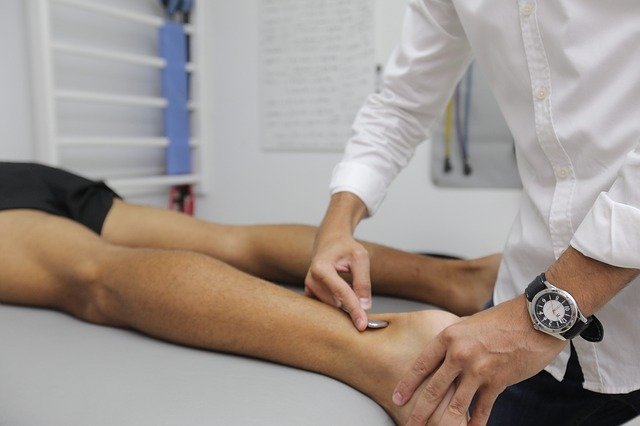
Physicians and medical professionals around the world recommend physical therapy for those who are recovering from surgery. It can help patients regain their mobility and manage the pain after a harrowing surgical procedure, such as open-heart surgery or hip replacement.
Physical therapy plays a crucial role in rehabilitating patients after their surgery and helping them to regain their independence and return to their normal lives.
A qualified and experienced physical therapist crafts a treatment plan according to the needs of each individual patient. They can tailor the treatment plan to help patients achieve their individual goals with a combination of exercises, physical therapy equipment, acupuncture, and more.
There are various types of therapy that are available for people with varying needs, including aquatic therapy, occupational therapy, certified hand therapy, and land therapy.
5 Reasons to Get Physical Therapy after a Surgery
Various studies have demonstrated the benefits of partaking in therapy after major surgery. The five primary reasons why physical therapy is considered to be an essential part of the post-surgery rehabilitation process are as follows:
1. Enhanced Balance and Mobility
Surgery can weaken the parts of the body that have been operated on, thus resulting in poor mobility and balance. The natural response of the human body, after an invasive procedure such as surgery, would be to try and protect the affected area from further trauma.
This can lead to spasms, muscle tightness, swelling, and a feeling of general weakness in the area. These factors can easily hinder motion and reduce the patient’s ability to complete day-to-day tasks.
Physical therapy makes use of techniques such as strengthening exercises and myofascial release to help patients regain their former levels of mobility and dexterity.
Exercises designed to strengthen the muscles of the pelvis, back, and torso help improve balance and increase physical stability. Therefore, such exercises are especially beneficial for patients who have undergone hip or knee replacement surgeries.
2. Reduced Swelling and Pain:
Swelling is one of the most common side effects of surgery. It is usually considered a normal part of the recovery process, although the severity of it can vary from one person to another. Swelling is caused when chemicals that stimulate nerve endings generate inflammation and compress the nerves.
This leads to pain, swelling, and other symptoms associated with the healing process. However, although it is quite normal and expected, too much swelling can cause discomfort, hinder mobility, and give rise to pain. When this happens, steps need to be taken to reduce the swelling and hasten recovery.
The movement and exercises that patients partake in during the sessions can help reduce swelling, which will in turn prevent post-surgical pain from becoming a chronic issue.
Physical therapy increases the speed of the natural healing process, which allows patients to return quickly to their normal lives and regain their independence as soon as possible.
3. Fewer Scar Tissues:
The contraction of soft tissue and the formation of scar tissue are natural parts of the healing process after an injury or operation. No matter which part of the body has been operated on, scarring can be a natural consequence of the procedure.
However, the problem arises when the formation of excess scar tissue starts hindering mobility and functionality for several weeks or months after the surgery is over.
Ultrasound therapy, aquatic therapy, and massage therapy are some of the techniques that a physical therapist can use in order to enhance the speed of tissue mobilization and soften the scar tissue to increase mobility. By helping soften the scar tissue caused by the surgery, physical therapists can enable patients to regain their normal levels of flexibility faster.
4. Prevents Secondary Health Issues:
Some of the secondary health complications that can develop as a result of surgery are blood clots, infections, and chronic pain. Physical therapy can be instrumental in minimizing the risk of such debilitating and expensive secondary health issues.
Physical therapists develop tailored exercises that enable patients to stave off blood clots and contractures. They can also recommend exercises that would decrease the risk of infection and inflammation, which can cause long-term health problems after surgery.
5. Greater Flexibility:
The forced inactivity after surgery causes muscle stiffness and weakening. As a result, the patient is stranded with stiff joints and tight muscles, which increase the risk of further injury and hinder mobility. It can become very difficult for the patient to perform daily activities, such as climbing stairs or rising from a chair.
This is why physical therapy is such an important part of post-surgical recovery. Physical therapists recommend gentle stretching exercises that help keep the muscles and joints limber during the time of recovery. This ensures that by the time the patient is released from the hospital, they have regained much of their mobility and flexibility.
Conclusion
Mentioned above are some of the ways in which therapy can help patients return to their normal lifestyle after surgery. For the best results, however, patients need to select a reliable and trustworthy physical therapy network to work with.



